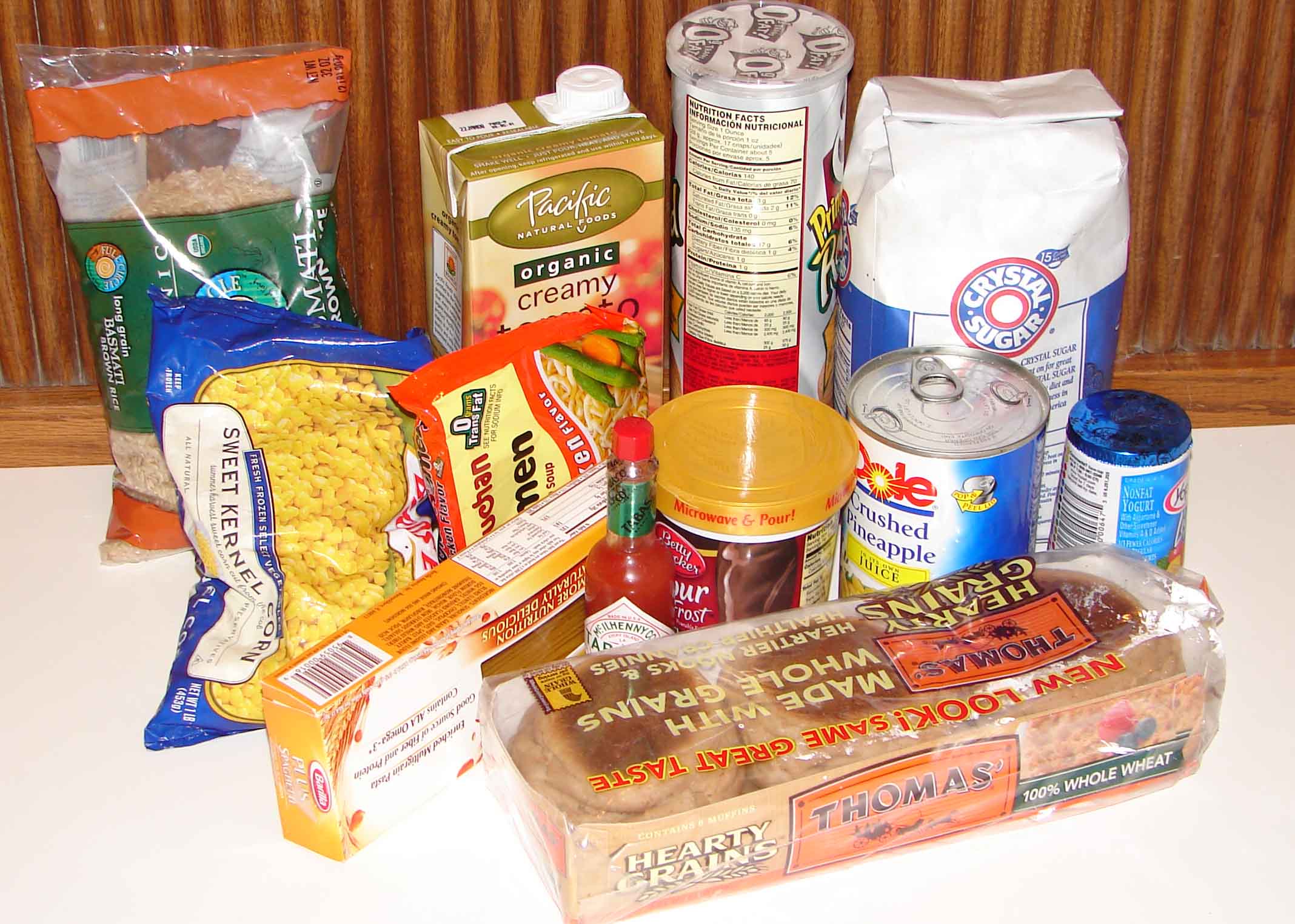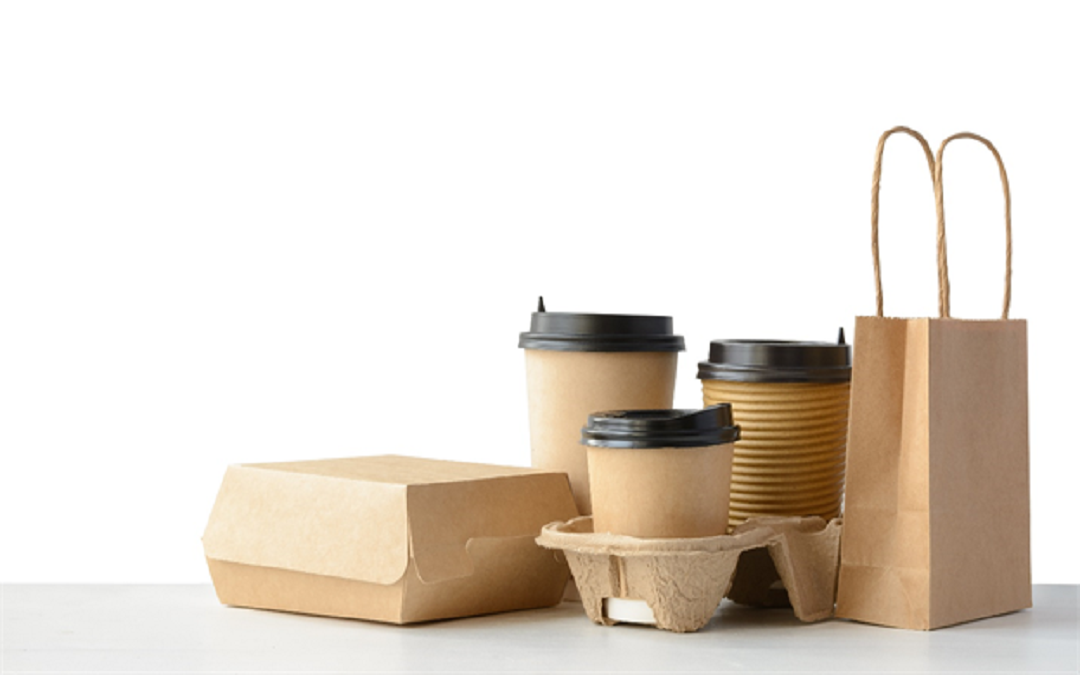Meals bundle – Meals packaging, an indispensable component of the meals business, performs a the most important function in keeping, protective, and presenting meals merchandise. This complete information delves into the multifaceted international of meals packaging, exploring its fabrics, design rules, regulatory panorama, evolving traits, and sustainable practices.
From the common-or-garden beginnings of conventional packaging fabrics to the state-of-the-art inventions shaping the business, this information unravels the intricate main points of meals packaging, offering treasured insights for pros, customers, and someone within the attention-grabbing realm of meals preservation.
Meals Packaging Fabrics: Meals Bundle

Meals packaging performs a very important function in protective and keeping meals, extending its shelf lifestyles, and making sure its protection and high quality. More than a few sorts of fabrics are used for meals packaging, each and every with its distinctive homes and benefits.
Plastic Packaging
Plastic is a extensively used meals packaging subject material because of its versatility, flexibility, and cost-effectiveness. Several types of plastics, reminiscent of polyethylene (PE), polypropylene (PP), polyethylene terephthalate (PET), and polyvinyl chloride (PVC), be offering a variety of homes, together with transparency, barrier coverage, and sturdiness.
- Benefits:Light-weight, sturdy, moisture-resistant, clear, versatile, and cost-effective.
- Disadvantages:Can leach chemical substances into meals, now not biodegradable, and contributes to plastic air pollution.
Examples: Plastic bottles for drinks, meals wrap for sandwiches, and boxes for yogurt and dairy merchandise.
Glass Packaging
Glass is a conventional meals packaging subject material recognized for its inertness, transparency, and recyclability. It supplies very good barrier coverage towards moisture, oxygen, and lightweight.
- Benefits:Inert, clear, impermeable to gases and moisture, and recyclable.
- Disadvantages:Heavy, fragile, and costlier than different fabrics.
Examples: Glass jars for pickles and preserves, glass bottles for beer and wine, and glass boxes for pasta sauce.
Steel Packaging, Meals bundle
Steel packaging, reminiscent of aluminum and tin-plated metal, is repeatedly used for canned meals and drinks. It supplies very good coverage towards mild, oxygen, and moisture, making sure lengthy shelf lifestyles.
- Benefits:Light-weight, robust, impermeable to gases and moisture, and recyclable.
- Disadvantages:Can react with acidic meals, now not clear, and costlier than any other fabrics.
Examples: Aluminum cans for soda and beer, tin cans for canned tomatoes and tuna, and steel boxes for dog food.
Paper and Cardboard Packaging
Paper and cardboard are biodegradable and recyclable fabrics repeatedly used for packaging dry meals, reminiscent of cereals, pasta, and snacks. They supply coverage towards moisture and lightweight, and may also be published with sexy designs.
- Benefits:Biodegradable, recyclable, light-weight, and cost-effective.
- Disadvantages:No longer as moisture-resistant as different fabrics, may also be simply torn or beaten.
Examples: Cereal bins, pasta bins, and paper baggage for bread and pastries.
Biodegradable and Compostable Packaging
Biodegradable and compostable packaging fabrics are rising in popularity as sustainable possible choices to conventional plastics. They’re created from plant-based fabrics, reminiscent of cellulose, starch, and PLA (polylactic acid), and will decompose naturally in a composting surroundings.
- Benefits:Biodegradable, compostable, reduces plastic waste, and environmentally pleasant.
- Disadvantages:Will also be costlier than conventional fabrics, would possibly not give you the identical degree of coverage.
Examples: Compostable baggage for vegetables and fruit, biodegradable meals wrap, and paper straws.
Meals Packaging Design
Meals packaging design performs a the most important function in making sure meals protection, preservation, and shopper attraction. It comes to developing packaging that meets purposeful and aesthetic necessities whilst successfully speaking product knowledge and adorning the whole emblem revel in.
Key rules of meals packaging design come with:
- Coverage:Packaging should offer protection to the meals from exterior elements reminiscent of moisture, oxygen, mild, and bodily injury.
- Preservation:Packaging can lend a hand lengthen shelf lifestyles via controlling temperature, humidity, and fuel composition.
- Communique:Packaging serves as a number one communique channel, conveying product knowledge, elements, dietary details, and advertising messages.
- Comfort:Packaging must be simple to open, deal with, and retailer, bettering shopper comfort.
- Sustainability:Packaging must be environmentally pleasant, taking into account fabrics, manufacturing processes, and disposal strategies.
Affect of Packaging Design on Shopper Habits
Packaging design can considerably affect shopper habits. It may well:
- Draw in consideration:Attention-grabbing designs and colours can draw customers’ consideration on cabinets.
- Put across product price:Top rate packaging can keep in touch prime quality and comfort, whilst budget-friendly packaging can attraction to value-conscious customers.
- Affect buying selections:Packaging that successfully communicates product advantages and inspires sure feelings can build up gross sales.
- Construct emblem loyalty:Constant and recognizable packaging designs lend a hand construct emblem popularity and buyer loyalty.
Leading edge and Efficient Meals Packaging Designs
Leading edge packaging designs are continuously rising, aiming to enhance capability, sustainability, and shopper revel in. Examples come with:
- Resealable packaging:Lets in customers to simply reseal and retailer opened meals pieces, lowering waste and keeping freshness.
- Biodegradable and compostable packaging:Addresses environmental issues via the use of fabrics that smash down naturally.
- Interactive packaging:Contains options like QR codes or augmented fact studies, offering customers with further product knowledge and engagement.
- Good packaging:Screens product freshness, detects spoilage, and communicates with customers thru sensors and cellular units.
Meals Packaging Rules

Meals packaging laws are the most important to verify the security and high quality of meals merchandise. They identify requirements for the fabrics used, the design of packaging, and the labeling of meals pieces. Compliance with those laws is very important for meals companies to offer protection to customers and steer clear of prison penalties.
Commonplace Meals Packaging Rules
- Fabrics Rules:Specify the sorts of fabrics that can be utilized for meals packaging, taking into account elements like meals protection, environmental affect, and recyclability.
- Design Rules:Govern the structural integrity, capability, and hygiene of meals packaging. They be sure that packaging protects meals from contamination, spoilage, and injury all through garage, transportation, and dealing with.
- Labeling Rules:Mandate the availability of correct and complete knowledge on meals labels, together with elements, dietary price, garage directions, and any doable allergens. They target to tell customers in regards to the contents of meals merchandise and information them in making knowledgeable alternatives.
Meals Packaging Tendencies

The meals packaging business is continuously evolving to satisfy the converting wishes of customers and the meals business. Probably the most newest traits in meals packaging come with:
- Sustainability:Shoppers are increasingly more difficult sustainable packaging choices, and meals corporations are responding via the use of extra recyclable and biodegradable fabrics.
- Comfort:Shoppers are searching for packaging this is simple to open, reseal, and delivery. Meals corporations are responding via growing packaging this is simple to make use of and transportable.
- Innovation:Meals corporations are continuously innovating new packaging applied sciences to enhance the standard and shelf lifetime of meals merchandise.
Some examples of meals packaging inventions which can be shaping the business come with:
- Energetic packaging:Energetic packaging is designed to have interaction with the meals product to increase its shelf lifestyles or enhance its high quality. As an example, some lively packaging fabrics can take in oxygen or unlock antimicrobial brokers.
- Good packaging:Good packaging is designed to supply customers with details about the meals product. As an example, some sensible packaging fabrics can trade colour to signify when the meals is spoiled.
- Safe to eat packaging:Safe to eat packaging is designed to be eaten together with the meals product. This sort of packaging can scale back waste and supply further vitamins.
Those are simply a number of the newest traits in meals packaging. Because the meals business continues to conform, we will be able to be expecting to look much more cutting edge and sustainable packaging answers one day.
Meals Packaging Sustainability
Meals packaging performs an important function in lowering meals waste and making sure meals protection. On the other hand, the environmental affect of meals packaging has develop into a rising fear.
The manufacturing, use, and disposal of meals packaging fabrics give a contribution to greenhouse fuel emissions, water air pollution, and waste technology. Plastic packaging, particularly, is a big supply of marine muddle and will take loads of years to decompose.
Methods for Decreasing the Environmental Footprint of Meals Packaging
- Use sustainable fabrics:Go for biodegradable, compostable, or recycled fabrics as an alternative of standard plastics.
- Scale back packaging waste:Reduce the quantity of packaging utilized by optimizing bundle design and the use of light-weight fabrics.
- Advertise recycling and composting:Enforce systems to inspire customers to recycle or compost meals packaging fabrics.
- Reinforce eco-friendly packaging inventions:Put money into analysis and building to create cutting edge sustainable packaging answers.
Examples of Sustainable Meals Packaging Answers
- Safe to eat coatings:Safe to eat movies and coatings created from plant-based fabrics can offer protection to meals from spoilage whilst being biodegradable.
- Biodegradable plastics:Plastics derived from renewable assets, reminiscent of corn starch or sugarcane, can decompose naturally.
- Reusable packaging:Reusable boxes and baggage can exchange single-use packaging, lowering waste technology.
Question Solution
What are the most typical sorts of meals packaging fabrics?
The most typical sorts of meals packaging fabrics come with plastics, metals, glass, paper, and paperboard.
How does meals packaging design affect shopper habits?
Meals packaging design can affect shopper habits via developing a good or adverse influence of the product, offering details about the product’s contents, and facilitating ease of use.
What are the important thing regulatory necessities for meals packaging?
Key regulatory necessities for meals packaging come with making sure the security of the meals, offering correct labeling, and complying with environmental laws.
